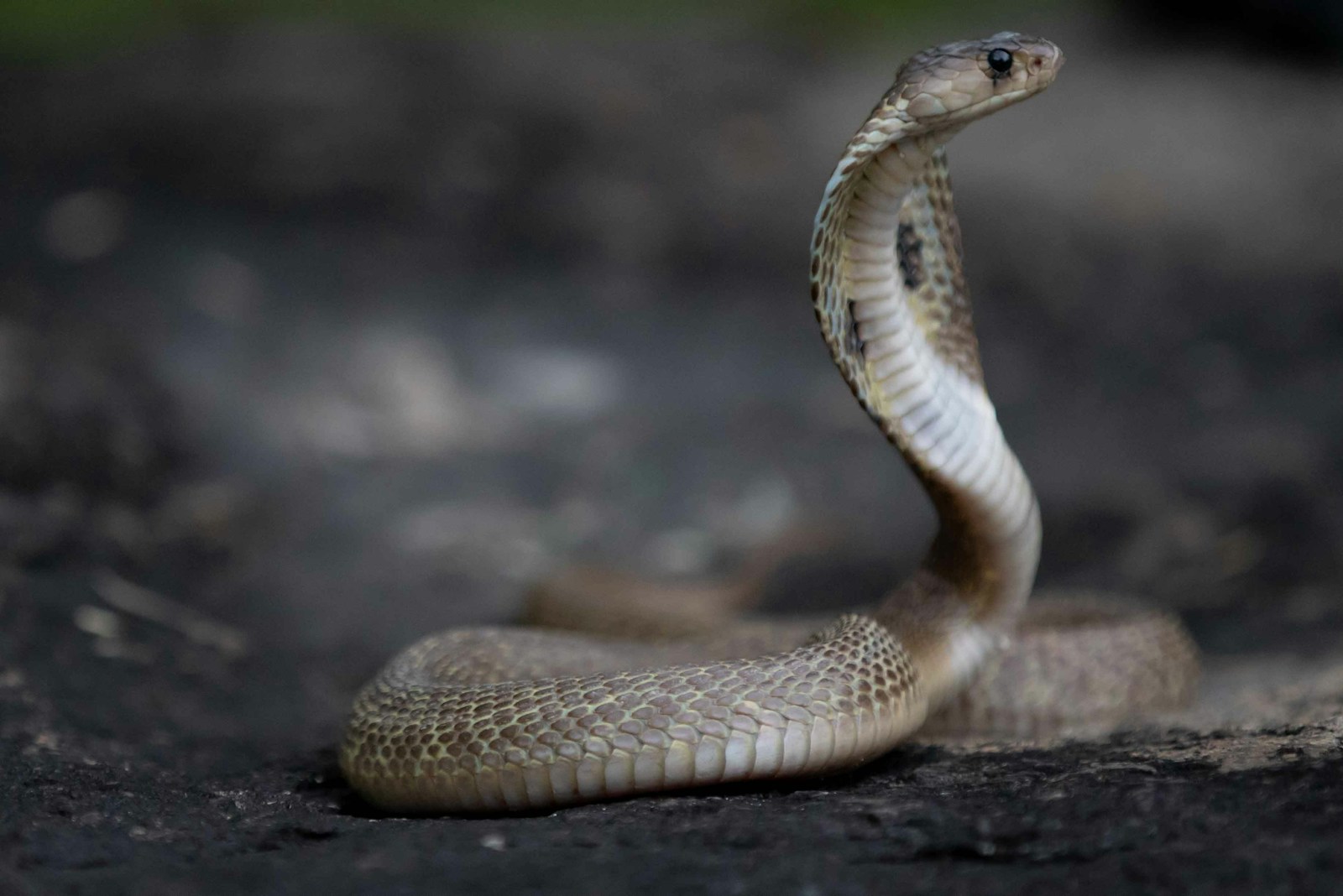In the fascinating world of reptiles, snakes exhibit remarkable behaviors that often challenge our understanding of these misunderstood creatures. While venomous species like rattlesnakes and cobras tend to dominate scientific research and public attention, non-venomous snakes make up the majority of serpent species worldwide. One particularly intriguing aspect of snake behavior is their relationship with territory and whether they develop any form of loyalty or preference for specific areas. This question bridges ecological science, evolutionary biology, and animal behavior studies, offering insights into how these limbless reptiles navigate and interact with their environments.
Understanding Snake Territoriality: Basics and Definitions
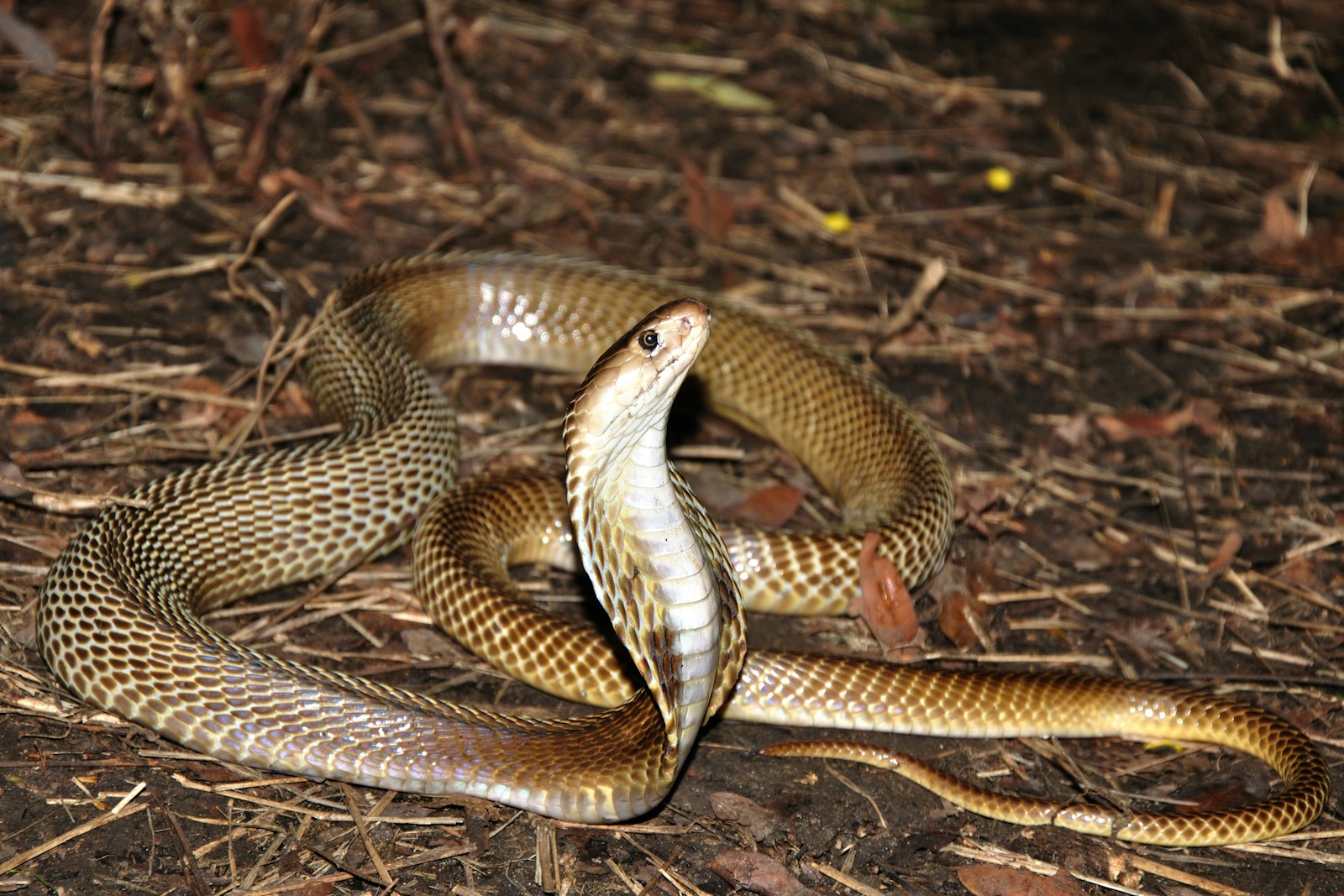
When discussing territoriality in animals, biologists refer to a behavioral pattern where an individual defends a specific area against conspecifics or other species. This behavior typically involves clear marking, patrolling, and defensive actions. For snakes, territoriality doesn’t always manifest in the same way as it does in mammals or birds. Instead of aggressive defense, many snake species exhibit what scientists call “site fidelity” or “home range utilization” – a preference for operating within familiar areas without necessarily defending them. This distinction is crucial for understanding how non-venomous snakes relate to their surroundings and whether their spatial behaviors constitute genuine territorial loyalty or simply represent optimal resource utilization strategies.
Evolutionary Perspectives on Snake Space Use
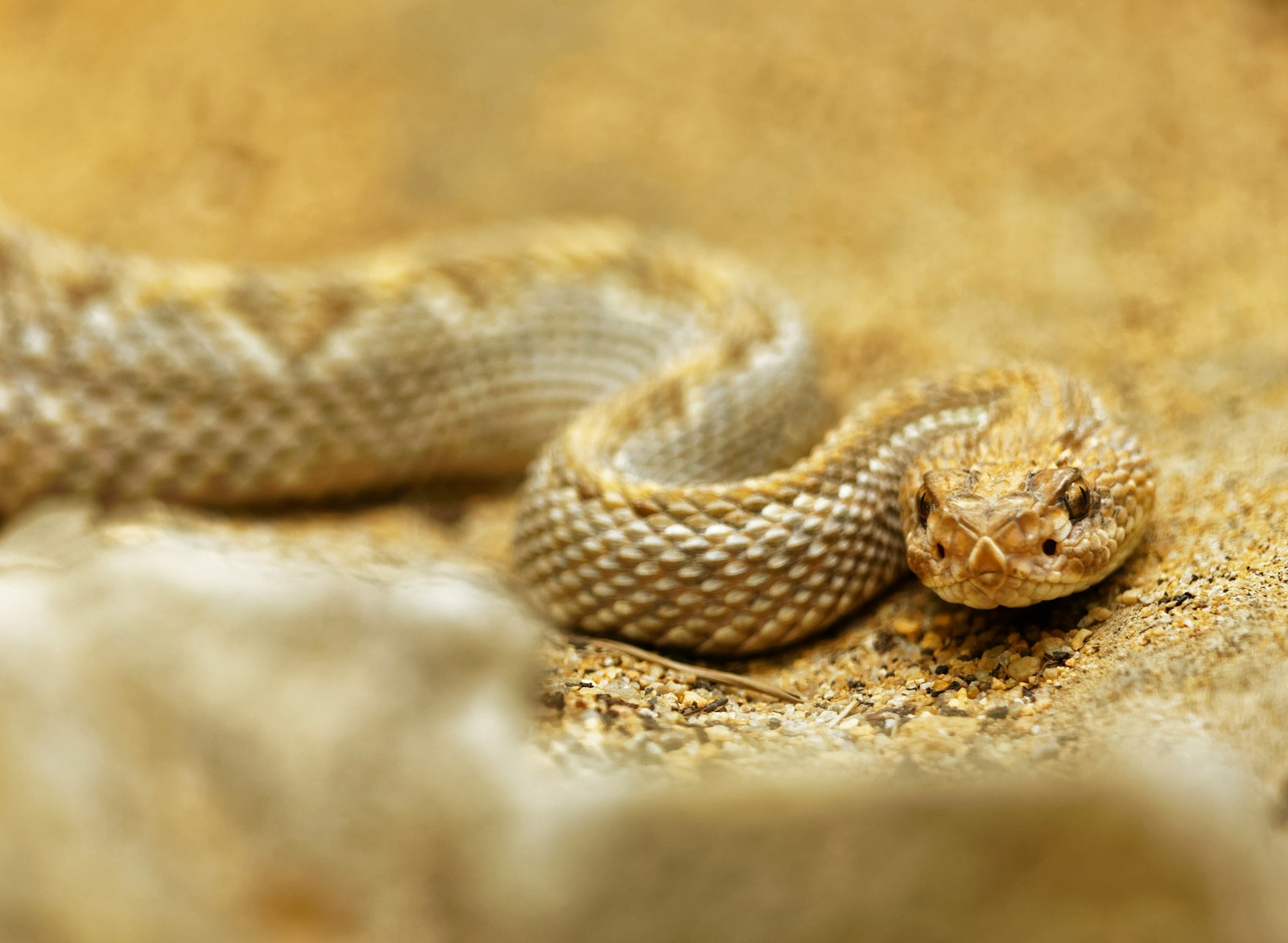
From an evolutionary standpoint, territoriality develops when the benefits of defending resources outweigh the energy costs and risks involved. For non-venomous snakes, the evolutionary pressures that shape their space-use behaviors differ from those affecting venomous species. Without venom as a defensive weapon, non-venomous snakes often rely more heavily on camouflage, retreat, or constriction for survival, potentially influencing their territorial strategies. Evolutionary biologists suggest that non-venomous species may have developed alternative spatial strategies that don’t require direct confrontation, such as temporal partitioning of habitat use or specialization in unique microhabitats. These evolutionary adaptations have created diverse patterns of space use across different non-venomous snake families, from the highly mobile colubrids to the more sedentary pythons and boas.
Research Findings on Colubrid Territory Patterns
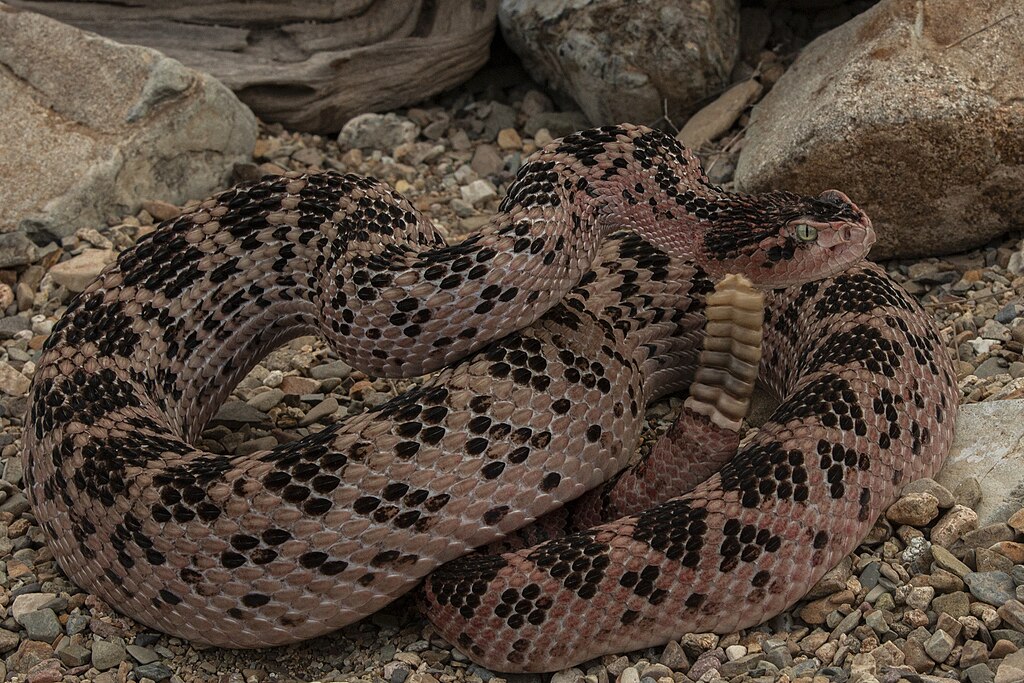
Colubrids, the largest family of non-venomous snakes including familiar species like rat snakes, garter snakes, and kingsnakes, have been the subject of numerous spatial ecology studies. Research on North American rat snakes (Pantherophis species) has revealed that individuals often maintain consistent home ranges spanning several acres, returning to the same hibernation sites year after year – suggesting a form of spatial loyalty. Long-term tracking studies of eastern kingsnakes (Lampropeltis getula) demonstrate that they develop intimate knowledge of their habitats, creating mental maps of refuge locations, basking spots, and hunting grounds within their territories. Interestingly, male and female colubrids often display different spatial patterns, with males typically covering larger areas during breeding season while females maintain more stable, resource-focused ranges, especially when gravid (pregnant).
Boids and Pythons: Different Territorial Strategies
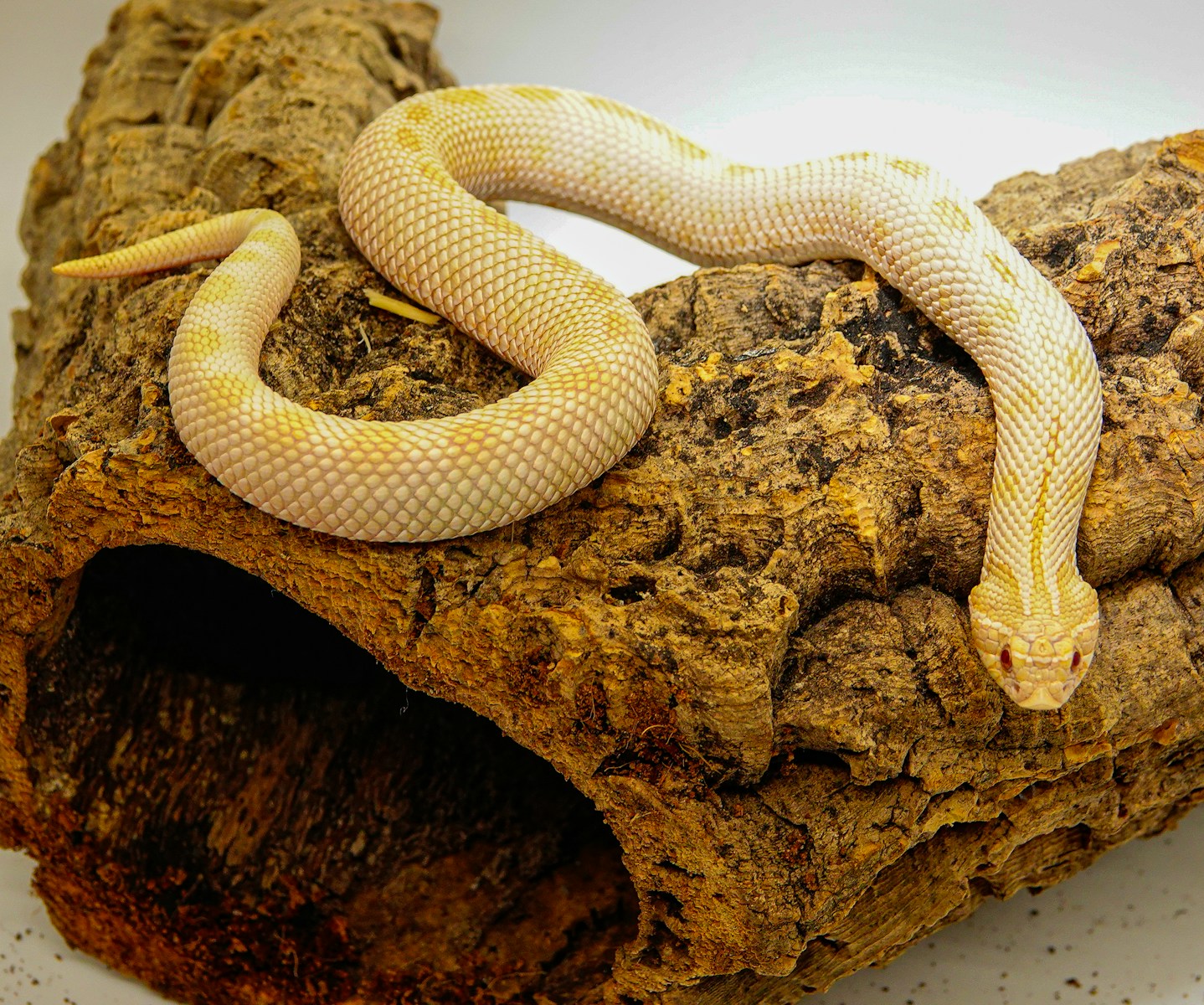
The larger non-venomous constrictors of the Boidae and Pythonidae families exhibit territorial behaviors that differ substantially from their more active colubrid cousins. Ball pythons (Python regius) studies in Africa have documented individuals using the same termite mounds or burrows for extended periods, sometimes for their entire lives if undisturbed. The green anaconda (Eunectes murinus), despite its massive size and aquatic lifestyle, demonstrates remarkable site fidelity to specific waterways and wetlands in South America, with individuals repeatedly returning to familiar hunting grounds and basking locations. These larger species, with their slower metabolisms and ambush hunting strategies, appear to develop stronger attachments to specific territories than more active foraging species, suggesting that hunting strategy may influence territorial loyalty in non-venomous snakes.
Seasonal Variations in Territorial Behavior
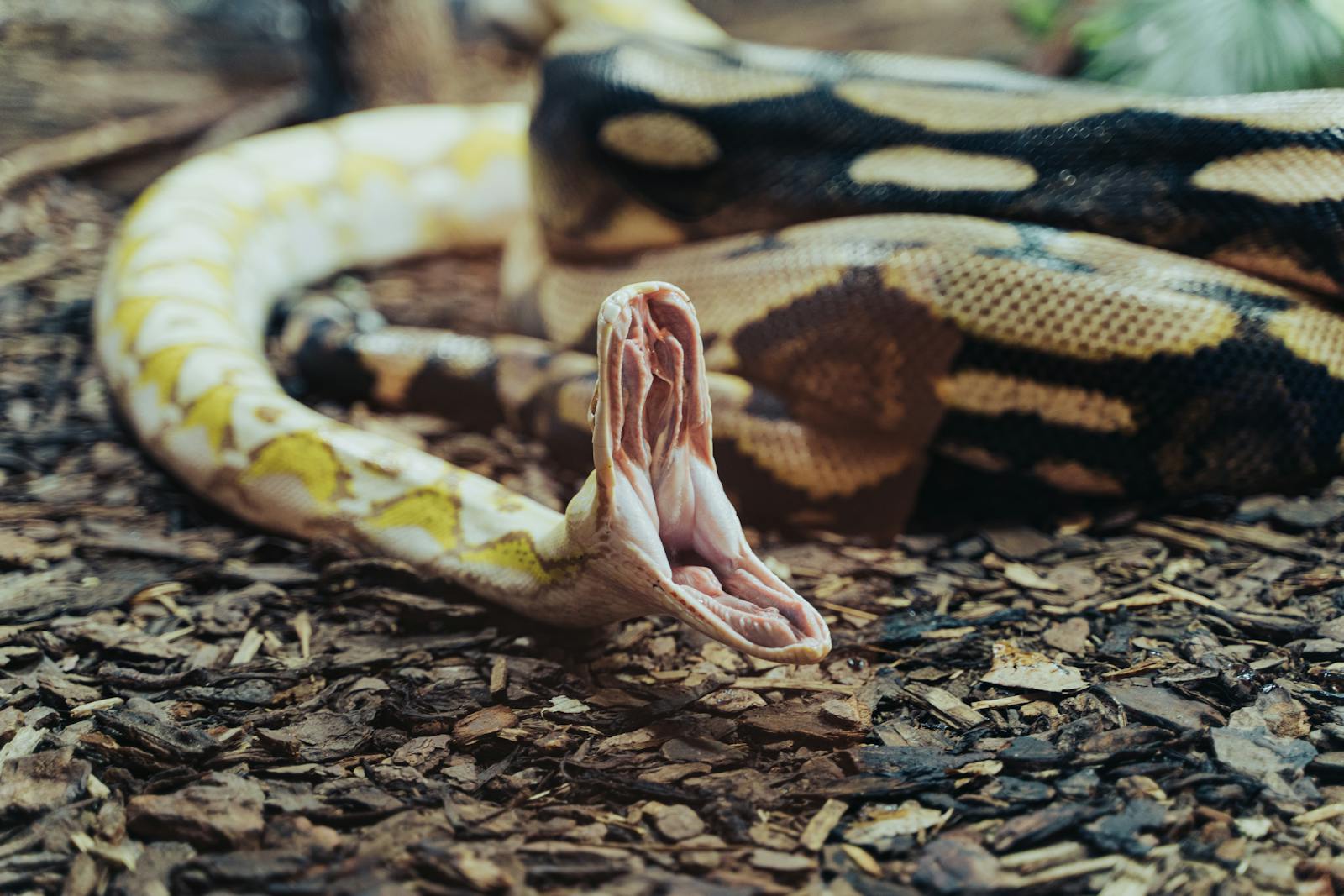
Non-venomous snakes often display significant seasonal variations in their territorial behaviors, complicating our understanding of their spatial loyalty. During breeding seasons, many species demonstrate dramatic shifts in space use, with males especially expanding their ranges in search of receptive females. Research on common kingsnakes has documented males more than doubling their typical movement patterns during spring mating seasons. Conversely, during hibernation periods, multiple individuals of even normally solitary species may congregate in suitable denning sites, temporarily abandoning territorial behaviors in favor of thermal advantages. These seasonal fluctuations suggest that territorial loyalty in non-venomous snakes is dynamic and context-dependent rather than a fixed behavioral trait.
Resource Availability and Territory Formation
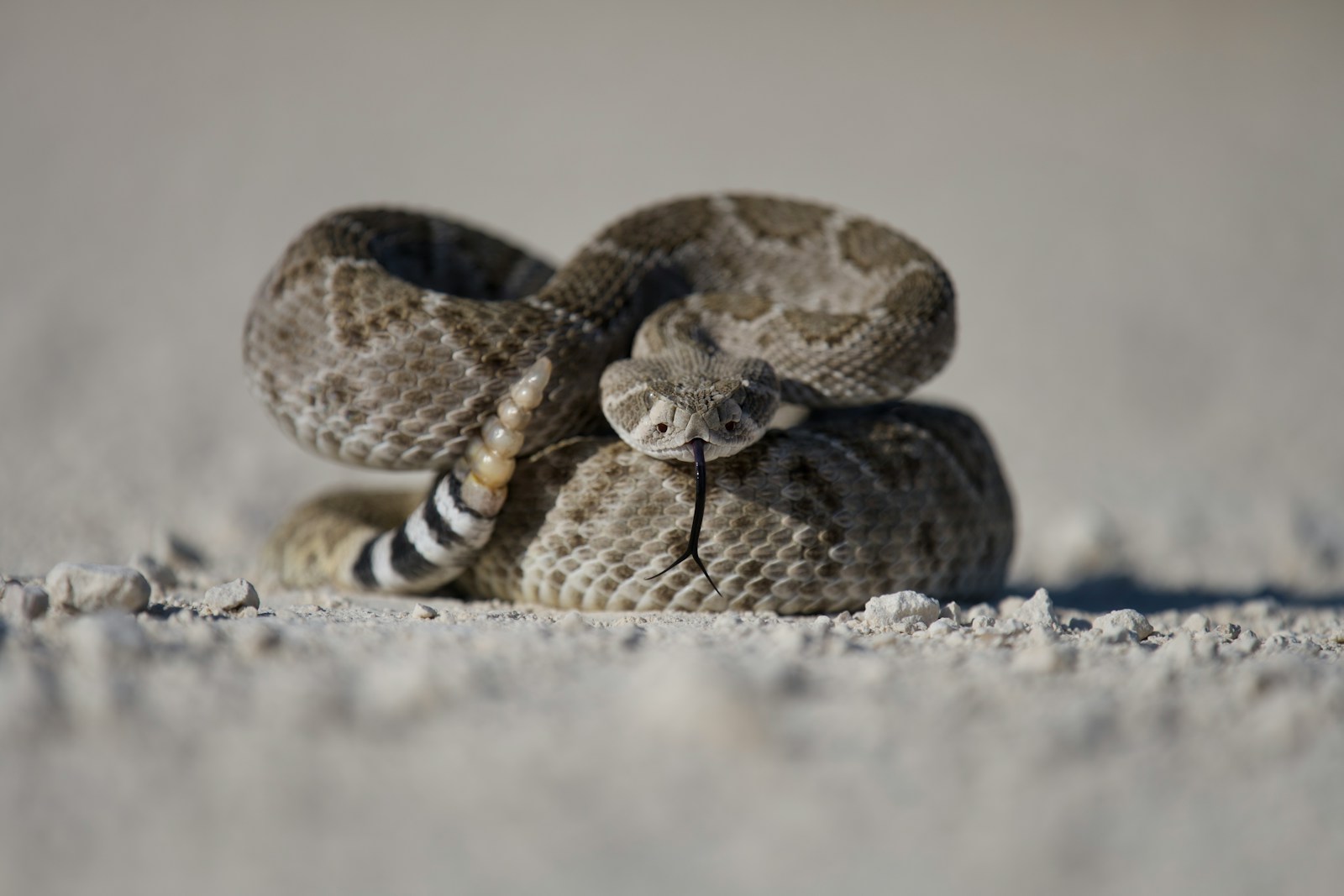
The abundance and distribution of critical resources strongly influence whether non-venomous snakes develop and maintain territories. In resource-rich environments, studies have shown that garter snakes (Thamnophis species) may maintain smaller, more intensively used territories compared to individuals in resource-poor environments that must range more widely. For specialist feeders like egg-eating snakes (Dasypeltis species), territory formation often centers around reliable food sources such as bird nesting colonies, with individuals returning to these locations seasonally. Water availability also shapes territorial behaviors, particularly in arid environments where species like rosy boas (Lichanura trivirgata) demonstrate strong fidelity to territories containing reliable water sources. These resource-based territorial patterns demonstrate how non-venomous snakes adapt their spatial strategies to environmental conditions.
The Role of Memory and Learning in Snake Territory Loyalty

Contrary to outdated notions that reptiles possess limited cognitive abilities, current research reveals that many non-venomous snakes have impressive spatial memory capabilities that facilitate territory loyalty. Corn snakes (Pantherophis guttatus) in laboratory maze experiments have demonstrated the ability to remember spatial solutions for months, suggesting cognitive mechanisms that would support territory familiarity in the wild. Field studies using radio telemetry have tracked black rat snakes returning to specific trees across multiple seasons, sometimes following nearly identical movement pathways through complex environments. This spatial cognition allows non-venomous snakes to create detailed mental maps of their territories, potentially increasing their survival rates through efficient navigation, predator avoidance, and resource location.
Social Dimensions of Territory in Communal Species

While many snakes are considered solitary, some non-venomous species exhibit surprising social dimensions to their territorial behaviors. Garter snakes in northern climates form legendary communal hibernacula where hundreds or even thousands of individuals gather seasonally, yet maintain distinct summer territories. Research on plains garter snakes (Thamnophis radix) has documented how individuals recognize conspecifics and may even prefer associating with familiar individuals from their shared hibernation sites. Rough green snakes (Opheodrys aestivus) have been observed forming loose aggregations in optimal habitats without aggressive territorial defense, suggesting a tolerance for shared space use among familiar individuals. These social aspects of territory use challenge simplistic notions of snake behavior and suggest that some non-venomous species may incorporate social recognition into their spatial strategies.
Comparing Territorial Behaviors: Venomous vs. Non-Venomous Species

Comparing the territorial behaviors of venomous and non-venomous snakes reveals fascinating differences in spatial strategies. Venomous species like rattlesnakes often establish and actively defend territories through threat displays and, if necessary, physical confrontation, relying on their venom as both a hunting tool and defensive weapon. Non-venomous species, by contrast, typically demonstrate less overt territorial defense but may show equal or greater site fidelity, especially to secure retreat sites. A comparative study of sympatric (sharing the same range) timber rattlesnakes and black rat snakes showed that while rattlesnakes more actively defended basking sites through rattling and posturing, the non-venomous rat snakes showed stronger long-term fidelity to specific denning locations. This suggests that territorial loyalty may manifest differently in non-venomous species but can be equally strong or stronger than in their venomous counterparts.
Human Impacts on Snake Territorial Behavior

Human activities significantly affect how non-venomous snakes establish and maintain territories in the modern world. Habitat fragmentation creates isolated patches that may force snakes to abandon traditional territories or restrict their movements to smaller areas than naturally preferred. Studies on eastern indigo snakes (Drymarchon couperi) in fragmented Florida habitats show individuals attempting to maintain historical movement patterns despite development, often leading to increased mortality from road crossings and human encounters. Agricultural activities can dramatically alter prey availability, causing snakes to either abandon territories or adapt their space use to new resource distributions. Climate change is also reshaping territorial behaviors, with warming temperatures extending active seasons in temperate regions, potentially allowing for larger territories or shifts in seasonal movement patterns among non-venomous snake species.
Conservation Implications of Snake Territory Loyalty
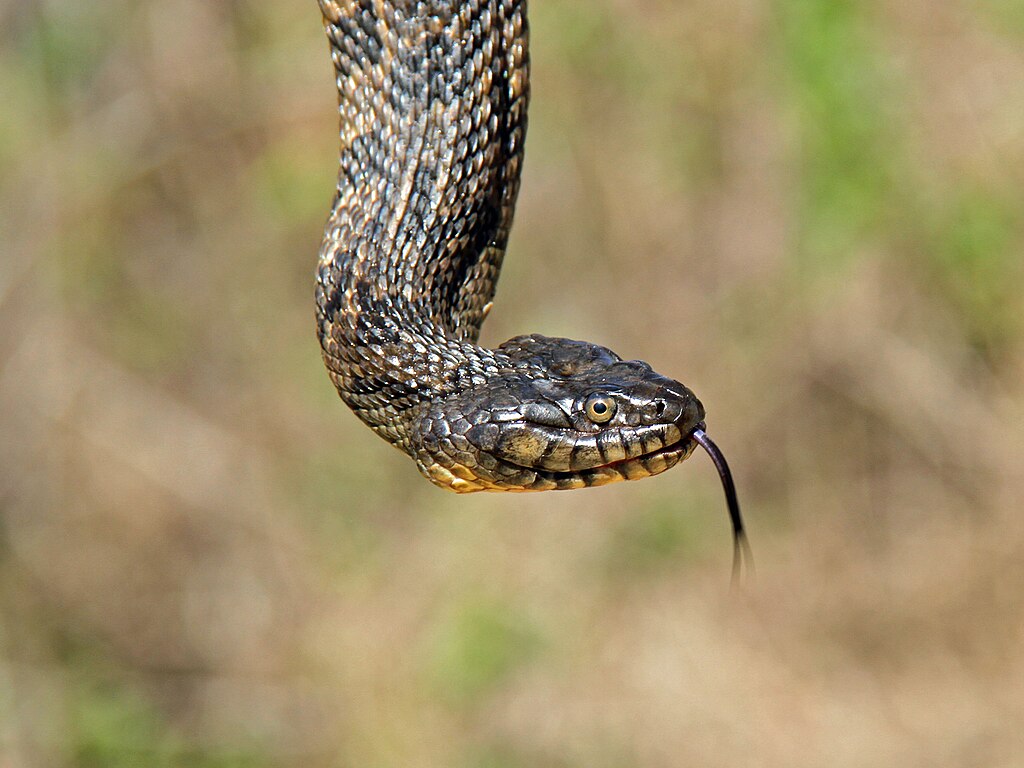
Understanding territorial loyalty in non-venomous snakes has significant implications for conservation efforts. Species with high site fidelity are particularly vulnerable to habitat destruction, as they may be unwilling or unable to relocate even when their territories become compromised. Conservation programs for threatened species like eastern indigo snakes now incorporate knowledge about their extensive territorial requirements, protecting not just isolated habitats but movement corridors between seasonal territories. Translocation efforts for conservation purposes often fail when they don’t account for snakes’ powerful homing instincts and territory attachments, with many relocated individuals attempting dangerous journeys back to their original territories. This territorial loyalty underscores the importance of preserving intact habitats rather than relying on relocation as a conservation strategy for non-venomous snake species.
Research Challenges and Future Directions

Studying territorial behaviors in secretive, often nocturnal non-venomous snakes presents significant research challenges that have limited our understanding. Traditional radio telemetry, while informative, provides only periodic location data and can impact snake behavior through the weight and presence of transmitters. Emerging technologies like miniaturized GPS tags, environmental DNA sampling, and automated camera trap networks promise more comprehensive insights into how non-venomous snakes utilize territories without researcher interference. Citizen science initiatives are also expanding our knowledge, with platforms like HerpMapper and iNaturalist generating large-scale distribution data that can inform understanding of territory patterns across species ranges. Future research directions should focus on long-term studies examining lifetime territory loyalty, the genetic basis of spatial behaviors, and how climate change may alter traditional territory use patterns in non-venomous snake species.
Conclusion: The Complex Reality of Snake Territorial Loyalty

The evidence clearly indicates that many non-venomous snakes do indeed develop forms of territorial loyalty, though these behaviors manifest differently than in mammals or birds. Rather than aggressive defense of exclusive areas, non-venomous snakes typically demonstrate site fidelity, spatial memory, and consistent home range use that varies by species, individual, season, and environmental conditions. This nuanced understanding of snake spatial ecology challenges simplistic notions about reptile behavior and reveals sophisticated adaptations that have evolved over millions of years. For conservationists, wildlife managers, and biologists, recognizing these territorial attachments provides crucial insights for protecting these often-misunderstood creatures. As research technologies advance and our understanding deepens, we continue to discover that non-venomous snakes maintain far more complex relationships with their territories than previously recognized, adding another fascinating dimension to these remarkable reptiles.

